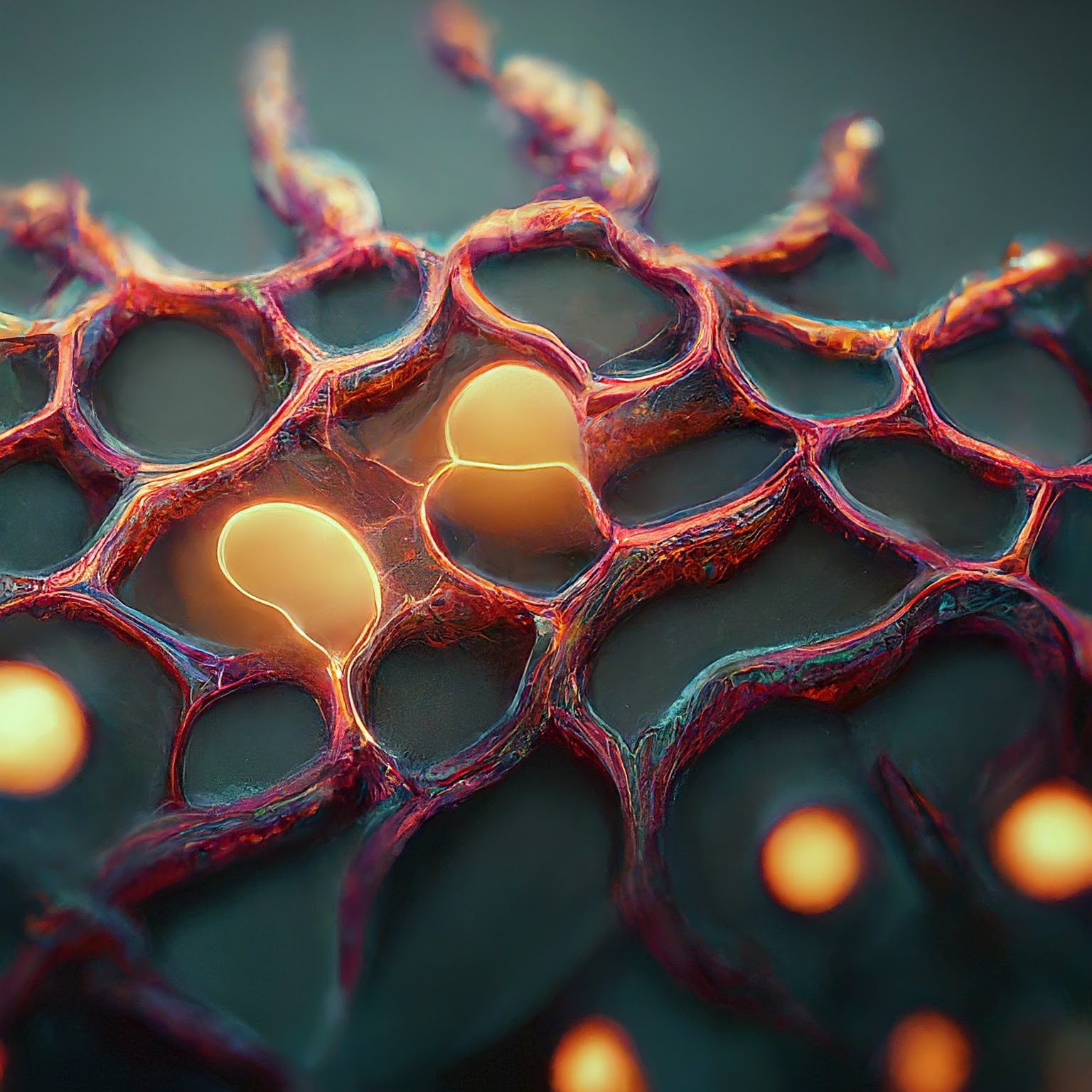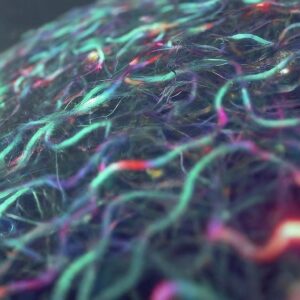

Like a worm colony, no single node is critical. Computation spreads across the network, increasing resilience.

The network structure morphs in response to changing demands and available resources, mirroring a worm's movement through its environment.

Individual nodes have some processing power, enabling local decision-making and reducing communication overhead, similar to how a worm's segments operate semi-independently.

Task Decomposition: AI tasks are broken into smaller, self-contained units for distributed execution, like how a worm processes food along its body.
Opportunistic Scheduling: Workloads are dispatched based on current node availability and capabilities.
Dynamic Topology: Forms computational “clusters” on demand, adapting to task requirements.
